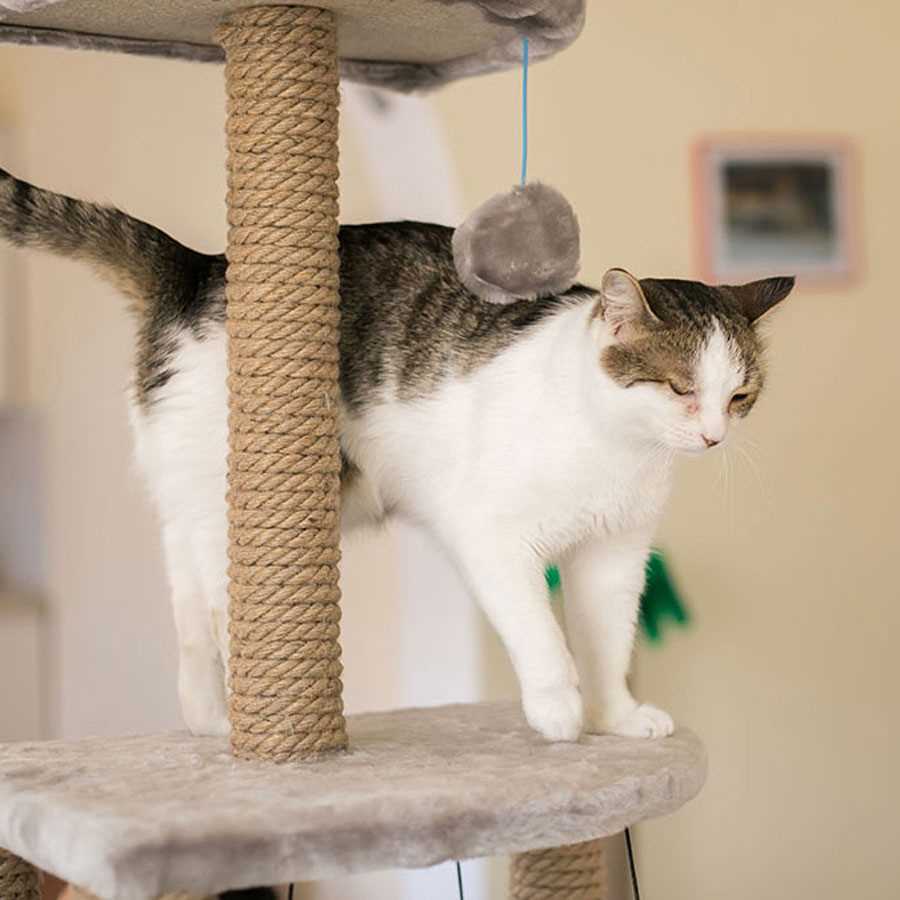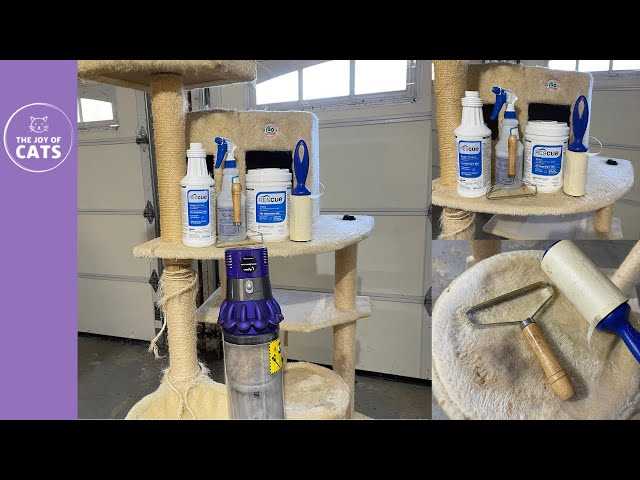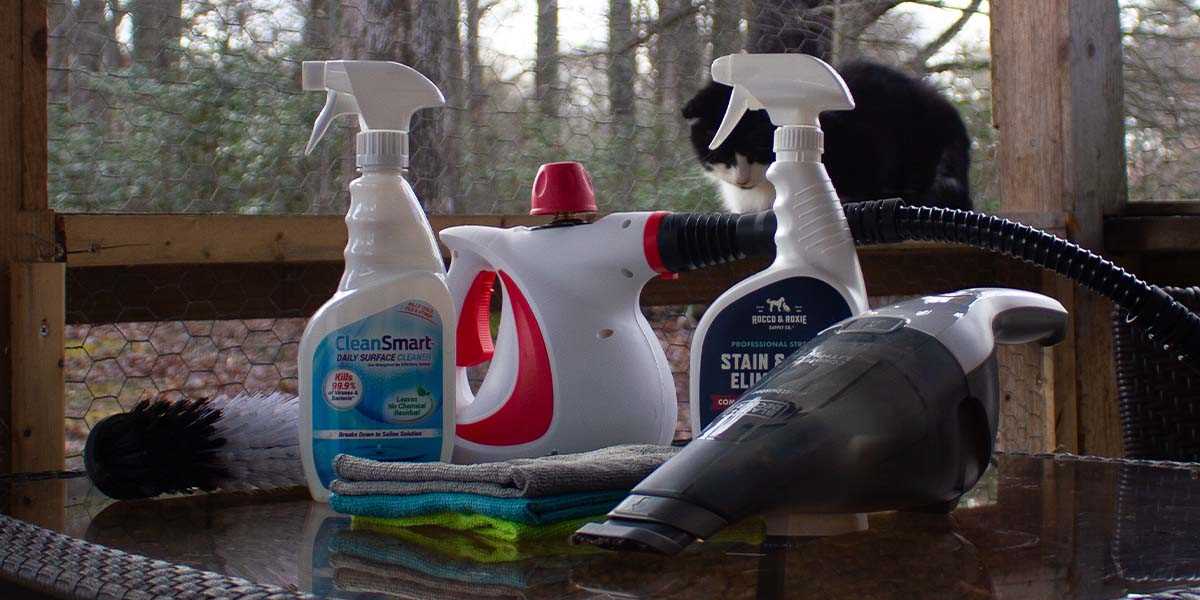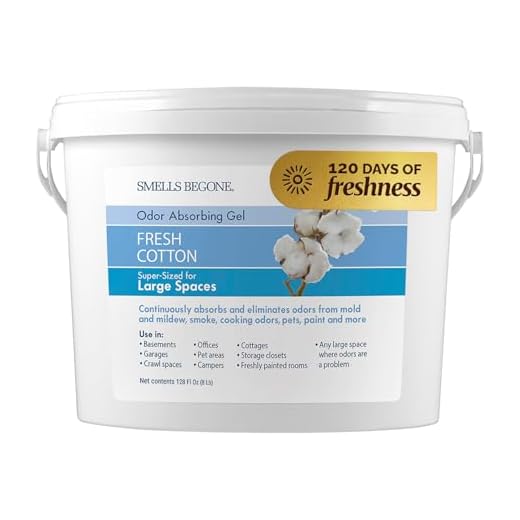



To restore the charm of a secondhand feline haven, begin with a thorough inspection. Look for loose parts, frayed fabric, or any signs of wear that might require repair or replacement. This is essential for ensuring a safe environment for your playful companion.
The next step involves removing all removable components, such as cushions and toys. Wash these items according to their care labels. For materials that are machine washable, a gentle cycle with hypoallergenic detergent works wonders. If certain pieces are non-washable, a damp cloth will suffice to wipe off dirt and odors.
For the main structure, use a vacuum cleaner with an attachment to eliminate hair and debris from surfaces. Pay attention to nooks and crannies where fur tends to accumulate. Following this, a mixture of mild soap and water can be utilized to scrub the surfaces gently. This helps in eliminating any lingering odors or stains.
Once the cleaning process is complete, allow everything to air dry thoroughly before reassembling. This ensures that all moisture evaporates, preventing any musty smells from developing. After reassembly, consider adding a sprinkle of catnip to entice your furry friend back to their rejuvenated play spot.
Cleaning Tips for a Secondhand Play Structure
First, grab a vacuum with a brush attachment to remove fur and dirt from the surfaces. Focus on the nooks and crannies where debris likes to hide. This makes a big difference right away.
Next, prepare a mixture of warm water and mild detergent. Dampen a cloth with this solution and wipe down the entire structure. Avoid soaking it; just enough moisture to lift grime will do.
Deodorizing
For odors, sprinkle baking soda generously over the fabric areas and let it sit for at least 15 minutes before vacuuming it up. This helps absorb any unpleasant smells, making the environment more appealing.
Spot Treatment
If you encounter stains, use a pet-safe enzymatic cleaner. Apply it directly to the stain and follow the instructions on the label. Allow it to sit for the recommended time, then blot with a clean cloth.
Lastly, ensure everything is fully dry before letting your furry friend back on it. A little air circulation can speed up the drying process. Keeping it fresh means better playtime!
Gathering Necessary Cleaning Supplies

The first step in making my space fresh is to gather the right tools. You’ll need a vacuum cleaner equipped with a brush attachment to remove hair and debris. A lint roller is also handy for quick touch-ups on fabric surfaces. Don’t forget a soft cloth and some mild detergent for wiping down surfaces. For stubborn stains, an enzymatic cleaner works wonders without harming any materials.
Additional Items for a Deeper Refresh
If you want to tackle odors, consider acquiring a pet-safe deodorizer. Baking soda can also be sprinkled on fabric areas to absorb smells before vacuuming. And while you’re at it, grab a pair of gloves to protect your paws from harsh chemicals. For those who want their furry friends to enjoy a balanced diet, check out the foods for indoor cats to keep them happy and healthy.
Lastly, if the structure has wooden components, a wood polish can revive its shine. Just ensure it’s non-toxic. You’ll want everything to be safe for us felines while making our domain look its best!
Final Touches
After you’ve gathered your supplies, take a moment to inspect the entire set-up. Make sure you have everything you need within reach to streamline the process. You’ll also want to keep in mind that maintaining a clean environment is an ongoing task. Regular upkeep will prevent excessive build-up, making it easier in the long run. If you ever need yard work done, you might wonder are John Deere lawn mowers good for keeping your outdoor space tidy, too!
Removing Loose Fur and Debris
I recommend using a lint roller to quickly gather loose hair from surfaces. Roll it over fabric areas where I often lounge. If you don’t have a lint roller, a damp cloth can also pick up fur effectively. Just wipe it across the upholstery and watch the fur adhere.
Next, for larger debris, such as feathers or bits of toys, a handheld vacuum works wonders. Choose one with a pet hair attachment for optimal results. Make sure to vacuum all corners and crevices, as these spots often collect fur and dust.
For those tricky vertical surfaces, a rubber glove can do the trick. Simply rub your hand along the fabric, and the static will attract the fur. This method is not only effective but also a fun way to engage with your space.
Regular maintenance makes this task easier, so I advise performing these steps weekly. Keeping my surroundings tidy helps maintain a fresh environment for both me and my human companions.
Disinfecting Fabric Surfaces Safely
For sanitizing fabric areas, I recommend using a mix of water and white vinegar. This solution is gentle and effective in eliminating germs without harsh chemicals. Combine equal parts of water and vinegar in a spray bottle.
Before applying, test the mixture on a small, inconspicuous area to ensure it doesn’t cause discoloration. Lightly mist the solution onto the fabric, focusing on spots that might need extra attention. Allow it to sit for about 10 minutes, then blot with a clean cloth to absorb excess moisture.
For tougher stains, baking soda can be a powerful ally. Sprinkle it generously on the affected area and let it sit for 15-20 minutes. Then, vacuum it up and follow up with the vinegar solution if needed.
| Cleaning Method | Materials Needed | Steps |
|---|---|---|
| Vinegar Solution | Water, White Vinegar, Spray Bottle | Mix, spray, let sit, blot |
| Baking Soda Treatment | Baking Soda, Vacuum | Sprinkle, wait, vacuum |
Always ensure proper ventilation when working with cleaning solutions. This keeps the air fresh and helps avoid overwhelming scents. After disinfecting, allow the fabric to air dry completely to prevent mildew.
Cleaning Wooden and Plastic Components

For the wooden and plastic parts of the structure, start by dusting with a microfiber cloth to remove surface dirt. This helps avoid scratching while cleaning.
Preparation Steps
- Mix a solution of warm water and mild dish soap.
- Prepare a separate bowl with plain water for rinsing.
Cleaning Process
- Dip the cloth in the soapy water, wring it out well to prevent soaking, and wipe down all surfaces.
- For stubborn stains on wood, gently rub with a soft sponge or cloth soaked in the soapy solution.
- Rinse the cloth in the plain water to remove soap residue, then wipe again to ensure no soap remains.
- Dry the surfaces thoroughly with a clean, dry cloth to prevent moisture damage, especially on wood.
For plastic components, a disinfectant spray can be used after the initial cleaning. Ensure it is pet-safe and follow the instructions on the label. Wipe down with a clean cloth afterward.
Avoid using harsh chemicals or abrasive materials, as they can damage the finish and integrity of the surfaces.
Dealing with Stains and Odors
For tackling stubborn marks, a mix of white vinegar and water works wonders. Combine equal parts, apply to the stain, and let it sit for 10-15 minutes before blotting with a clean cloth. This solution not only helps lift the stain but also neutralizes unpleasant smells.
If the scent persists, sprinkle baking soda generously over the affected area. Allow it to sit overnight to absorb odors. The following day, vacuum it up thoroughly. This method is gentle and effective, ensuring no harsh chemicals linger.
For deeper cleaning, enzymatic cleaners are ideal. They break down organic matter, effectively addressing both stains and odors from bodily fluids. Follow the instructions carefully and ensure the area is well-ventilated during use.
Regular maintenance can prevent the buildup of unpleasant smells. After any cleaning, ensure surfaces are dry to avoid mold or mildew, which can create additional odors. Keep a routine schedule to check and maintain freshness to your furniture, keeping it inviting for play and rest.
Maintaining the Feline Playground After Tidying
Regular inspections are key. Check for loose fabric, frayed edges, or any signs of wear. Addressing these issues promptly can extend the lifespan of the structure.
Routine Cleaning Schedule
- Dust surfaces weekly to prevent buildup.
- Vacuum fabric areas bi-weekly to remove hair and allergens.
- Wipe down hard surfaces monthly with a damp cloth to maintain appearance.
Preventing Odors

- Rotate and wash removable covers as needed.
- Use pet-safe deodorizers on fabrics to keep things fresh.
- Ensure proper ventilation in the area where the structure is placed.
Encourage positive habits. Reward your furry friend for using designated areas, helping to keep everything in check. A little effort goes a long way in keeping the space inviting and enjoyable.









